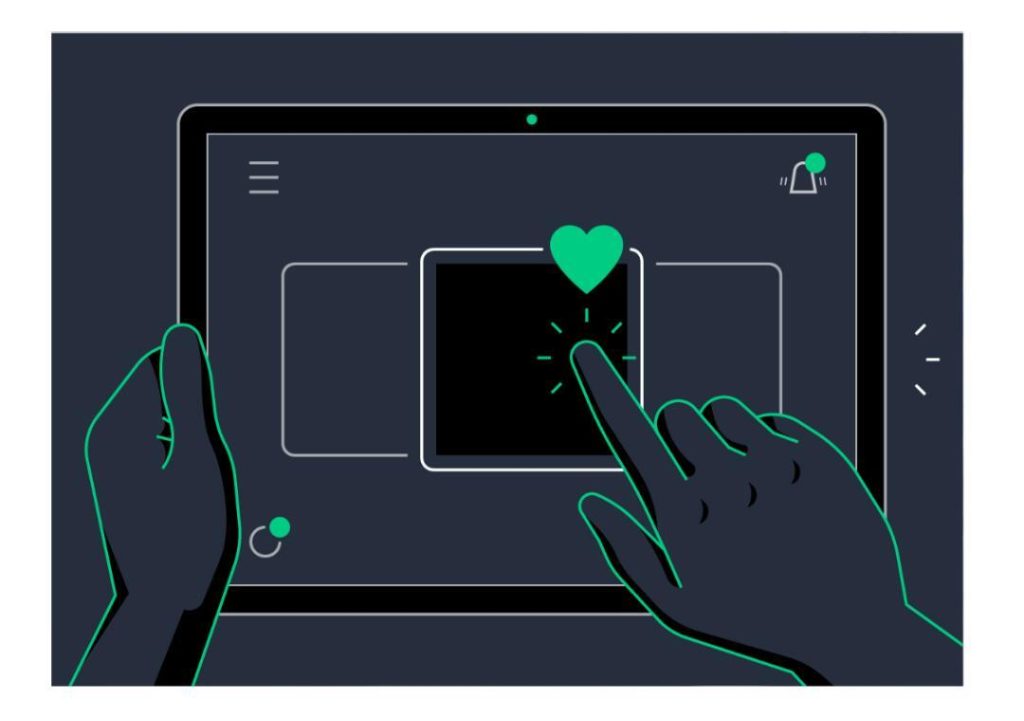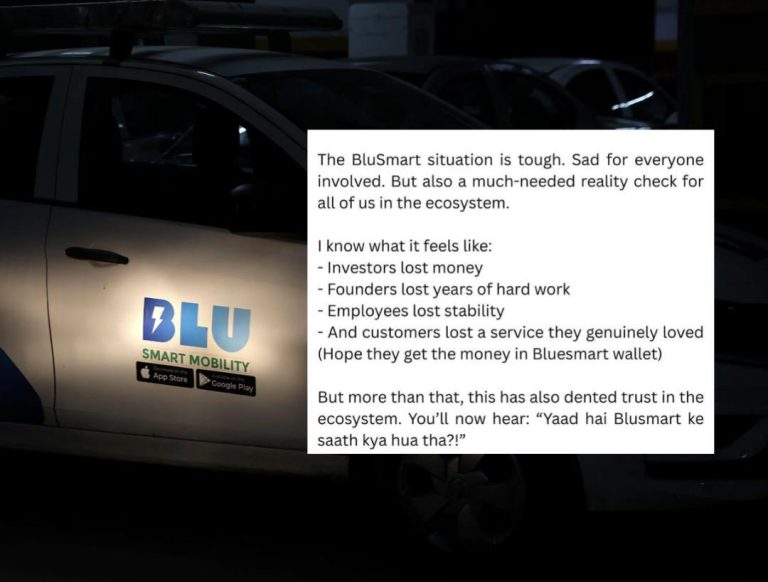
Can small UI details turn visitors into loyalists?
When it comes to building a loyal customer base, Direct-to-Consumer (D2C) brands are constantly looking for ways to stand out from the crowd. Gone are the days of generic, mass-produced products and impersonal customer service. Today’s consumers crave unique experiences, personalized interactions, and a sense of belonging. And it’s not just about the products themselves, but the way those products are presented to them.
In this post, we’ll explore the power of small UI details in turning casual visitors into loyal customers. From button animations to personalized greetings, these microinteractions may seem insignificant on their own, but collectively, they can make a huge impact on user engagement and retention.
The psychology of small UI details
Before we dive into the specifics of how small UI details can influence user behavior, let’s take a step back and consider the psychology behind them. Humans are wired to respond to subtle cues, and our brains are constantly processing and interpreting the tiny details that make up our daily experiences.
In the context of UI design, these subtle cues take the form of microinteractions – the small, often imperceptible animations, transitions, and effects that occur when we interact with a website or app. It’s the way a button bounces when we click it, the gentle fade-out of a menu when we hover over it, or the soft glow of a loading animation. These microinteractions may seem trivial, but they play a crucial role in shaping our emotional response to a product.
Research has shown that microinteractions can significantly impact user satisfaction, perceived usability, and even brand loyalty. For example, a study by Nielsen found that users are 22% more likely to revisit a website if it has a smooth, seamless user experience. Similarly, a study by Forrester revealed that companies that prioritize user experience see a 25% increase in customer loyalty.
How small UI details can turn visitors into loyalists
So, what are some specific small UI details that can make a big impact on user engagement and retention? Here are a few examples:
-
Personalized greetings: A personalized welcome message or greeting can go a long way in making users feel seen and valued. For example, the popular language learning platform, Duolingo, uses a friendly, personalized message to welcome new users to the platform.
-
Button animations: A well-designed button animation can add a touch of personality to a website or app, making interactions feel more engaging and interactive. For example, the popular e-commerce platform, Shopify, uses a fun, animated “add to cart” button to make the shopping experience more enjoyable.
-
Smooth transitions: A smooth, seamless transition between pages or screens can make a user’s journey feel more fluid and intuitive. For example, the popular photo editing app, Adobe Photoshop Express, uses a smooth, animated transition to move users between different editing tools and effects.
-
Loading animations: A well-designed loading animation can add a touch of personality to a website or app, making the waiting process more engaging and less frustrating. For example, the popular social media platform, Twitter, uses a fun, animated loading animation to keep users entertained while they wait for content to load.
-
Consistent design elements: Consistent design elements, such as typography, color schemes, and iconography, can create a sense of cohesion and familiarity, making users feel more comfortable and at ease. For example, the popular coffee chain, Starbucks, uses a consistent design language across all their stores and marketing materials, creating a sense of brand recognition and loyalty.
Case studies: D2C brands that obsess over the little moments
So, which D2C brands are getting it right when it comes to small UI details? Here are a few examples:
-
Warby Parker: The popular eyewear brand is known for its fun, playful design, which extends to its website and app. From personalized product recommendations to smooth, animated transitions between pages, Warby Parker’s UI is designed to make users feel welcome and engaged.
-
Casper: The popular mattress brand is known for its simple, intuitive design, which extends to its website and app. From personalized product recommendations to a seamless checkout process, Casper’s UI is designed to make users feel confident and empowered.
-
Glossier: The popular skincare brand is known for its minimalist, modern design, which extends to its website and app. From personalized product recommendations to a smooth, animated transition between pages, Glossier’s UI is designed to make users feel relaxed and informed.
Conclusion: The power of small UI details
In conclusion, small UI details may seem insignificant on their own, but collectively, they can make a huge impact on user engagement and retention. By obsessing over the little moments, D2C brands can create a sense of emotional connection with their users, turning casual visitors into loyal customers.
Whether it’s a personalized greeting, a smooth transition, or a fun loading animation, small UI details can add a touch of personality to a website or app, making the user experience more enjoyable and engaging. So, the next time you’re designing a website or app, don’t forget the power of the small UI details. They may just be the key to turning visitors into loyalists.
Source: https://www.growthjockey.com/blogs/ui-ux-in-growing-d2c-brands






